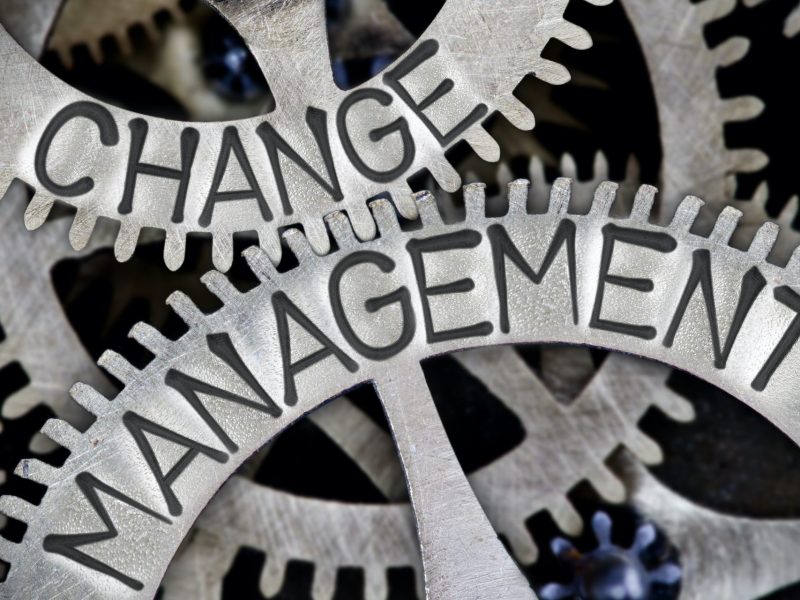Coaching With Integrity: Facilitating Buy-Trying to find completely new Solutions

As coaches, we attempt to assist our clients make changes they seek. Nevertheless they often times don’t make, or maintain, modifications. There’s grounds: we approach change like a behavior shift as opposed to the main transformation inside the organs and circulatory system. Change might be a systems problem not just a new behavior choice.

Let me explain. Whatever difficulty we have that needs resolution remains created and maintained while using largely unconscious mystery of what is happening inside ourselves – the idiosyncratic rules, roles, beliefs, history, relationships, etc. that make us unique – and appears as our behaviors. I label this internal conglomeration of rules and beliefs a technique. Our company and teams, relationships and families, are systemic. Without systems, all might be chaos.
SYSTEMS DEFINE US And Prevent CHANGE
The defining element of systems is everything within them (usually unconscious) buys for the similar unique rules which dramatically define the choices we make and behaviors we exhibit. After I discuss personally Dirty Little Secrets readily stored away sacrosanct, regardless of its validity. Even if something is problematic it’s seen incorporated within the system and recognized just because it is. It’s exactly why we don’t lose that extra 10 pounds, or why clients don’t perform actions they compensated us to get, or why buyers don’t buy. The system maintains the identical behaviors as extended because it maintains the identical rules, whether otherwise it seems effective or rational by having an outsider.
People give us a call in order to change. But herein lies the paradox: our unconscious strategy is loath to confess flaws since it means the demise inside the system. In order the individual may consciously seek change, the inside system (the established order) that created the problematic behavior wants balance (homeostasis). As we provide you with the system ‘rational’ why you need to change, we threaten the system our information might be regarded as biased rationale trying to convince the system it’s wrong. Indeed, readily stored away really vigilant it ejects and resists a factor that threatens it regardless of the need, the problem, or even the solution. So our glorious, well-considered information, our pitches and ideas and suggestions, just causes resistance.

Knowing vulnerable to issue, wanting to create a change, or applying an important change initiative aren’t enough to avert resistance: everything internal that touches the problem and solution must accept the progres before adoption. For change to occur, the system must
create a path to adoption that avoids disruption and congruently makes room regularly,
recognize and enlist all relevant elements to buy-for that change,
develop new behaviors to represent the progres (i.e. when the system changes, behaviors instantly change to articulate it).
It’s a dilemma for people as change agents once the road to change is unconscious and we are outdoors the system. But could we have lucky and clients appear who’ve managed the systemic change already and buyers appear getting become their internal buy-in. Regrettably this stuff are infrequent we complete succeeding when using the low-hanging fruit.
Most current coaching (and purchases) techniques focus on selecting the main within the problem then offering solutions. However, this process is problematic:
The coach, seller, consultant asks biased questions, restricting the scope of discovery to what’s conscious, and receiving biased solutions that may or may not attain the primary unconscious issues that fight to maintain the established order
Offering information causes resistance because the new is challenging the old without systemic buy-in and congruent internal change.
FACILITATIVE QUESTIONS
You’ll be able to facilitate core change, create new behaviors, and steer apparent of resistance by teaching the system to unlock its unconscious elements and let change – although avoid conventional models which either pull biased, incomplete data or offer ‘suspicious’ information.








